The Best Folk Guitarists Of All Time Ranked
The terms folk music, folk song, and folk dance are comparatively recent expressions. They are extensions of the term folklore, which was coined in 1846 by the English antiquarian William Thoms to describe “the traditions, customs, and superstitions of the uncultured classes”. The term further derives from the German expression , in the sense of “the people as a whole” as applied to popular and national music by Johann Gottfried Herder and the German Romantics over half a century earlier. Though it is understood that folk music is the music of the people, observers find a more precise definition to be elusive. Some do not even agree that the term folk music should be used. Folk music may tend to have certain characteristics but it cannot clearly be differentiated in purely musical terms. One meaning often given is that of “old songs, with no known composers,” another is that of music that has been submitted to an evolutionary “process of oral transmission…. the fashioning and re-fashioning of the music by the community that give it its folk character.” Here are all of the best Folk Guitarists of all time ranked.
See more: The Best Female Drummers Of All Time Ranked
See more: The Best Female Bassists Of All Time Ranked
20. Pete Seeger

“Peter “Pete” Seeger was an American folk singer and social activist. A fixture on nationwide radio in the 1940s, he also had a string of hit records during the early 1950s as a member of the Weavers, most notably their recording of Lead Belly’s “Goodnight, Irene”, which topped the charts for 13 weeks in 1950. Members of the Weavers were blacklisted during the McCarthy Era.”
19. Joni Mitchell

“Mitchell’s boundless creativity and ever-curious spirit has led her to develop unique fingerpicking patterns, odd and beautiful tunings, and interesting capoing methods—all in the service of often transcendent songs that have evolved from folk to rock to jazz and beyond.”
18. Jimmy Page

“James Patrick Page OBE is an English musician who achieved international success as the guitarist and founder of the rock band Led Zeppelin. Page is prolific in creating guitar riffs. His style involves various alternative guitar tunings and melodic solos, coupled with aggressive, distorted guitar tones”
17. Doc Watson

“A master flatpicker and fingerstylist with an awesome sense of melody and groove, Watson’s influence on folk and bluegrass music in the early 1960s made him a legendary figure in those genres. His recordings and performances inspired legions of guitarists to delve into the intricacies of his playing, leaving little doubt that Doc Watson will forever define what bluegrass picking is all about.”
16. Arlo Guthrie

“Arlo Davy Guthrie is an American folk singer-songwriter. He is known for singing songs of protest against social injustice, and storytelling while performing songs, following the tradition of his father, Woody Guthrie”
15. Bert Jansch

“His unique fingerpicking style, incorporating blues, folk, and jazz, influenced artists as diverse as Al Stewart, Paul Simon, Johnny Marr, Ian Anderson, Nick Drake, Donovan, Neil Young, Fleet Foxes, and Devendra Banhart, assuring the Scottish guitarist a place on this list. No Jansch “Blackwaterside,” no Jimmy Page “Black Mountain Side”—’nuff said”
14. Joan Baez
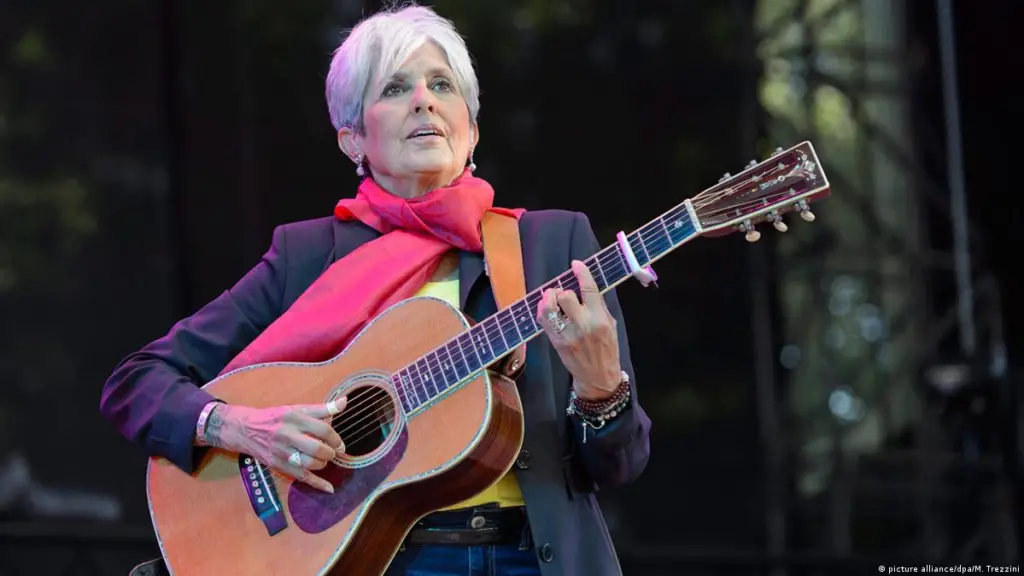
“With the exception of Bob Dylan, Joan Baez was the most important artist to rise from the folk music movement that first blossomed in the late 1950s and early ’60s. Baez was also the finest and most influential interpretive singer in contemporary folk; blessed with a soprano voice of uncommon clarity, her performances were emotionally compelling without resorting to histrionics”
13. Paul Simonon

“n addition to being the bass player for the Clash, Paul Simonon was the only member of the group that remained in attendance from its inception in 1976 until its dissolution in 1986. Born Paul Gustave Simonon on December 15, 1955, in London, England, Simonon was raised first in Britxon and then in Notting Hill, where he attended predominantly black schools; resulting in an admiration for soul and Jamaican sounds.”
12. Cat Stevens

“Yusuf Islam, commonly known by his former stage name Cat Stevens, is a British singer-songwriter, multi-instrumentalist, humanitarian, and education philanthropist. Yusuf / Cat Stevens belongs to a generation of artists such as Bob Dylan, Neil Young, James Taylor and Joni Mitchell who defined the singer-songwriter genre by opening their hearts and baring their souls to the whole world.”
11. Paul Simon

“Paul Frederic Simon is an American musician, singer-songwriter and actor. Simon’s fame, influence, and commercial success began as part of the duo Simon & Garfunkel, formed in 1964 with musical partner Art Garfunkel. Crafting Fingerstyle parts that propelled his songs with Art Garfunkel to greatness, Paul Simon has since become a magpie to folk music of all cultures.”
10. James Taylor
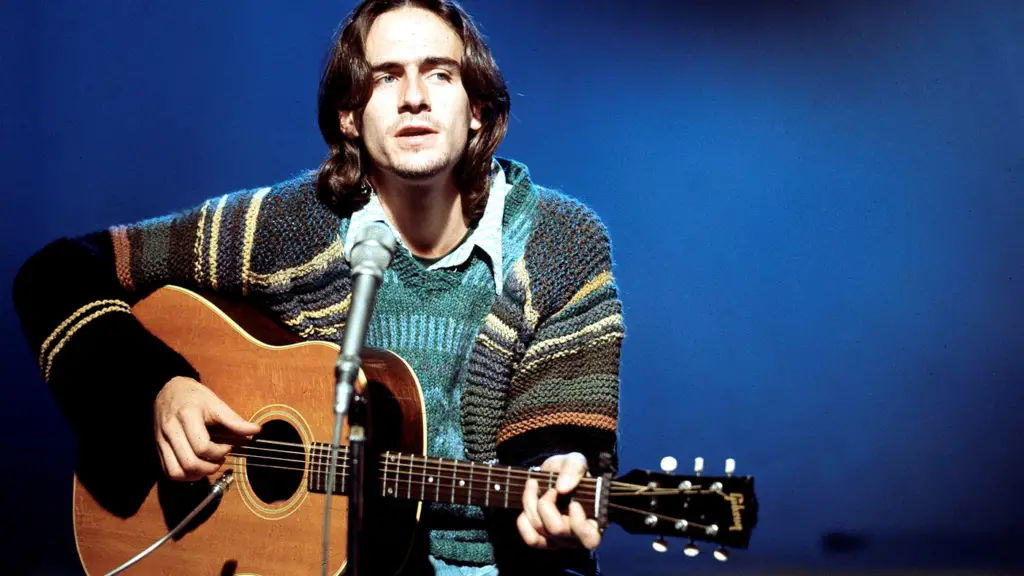
“James Taylor has touched people with his warm baritone voice and distinctive style of guitar-playing for more than 50 years. Over his celebrated songwriting and performing career, Taylor has sold more than 100 million albums, earning gold, platinum and multi-platinum awards.”
9. Martin Sexton
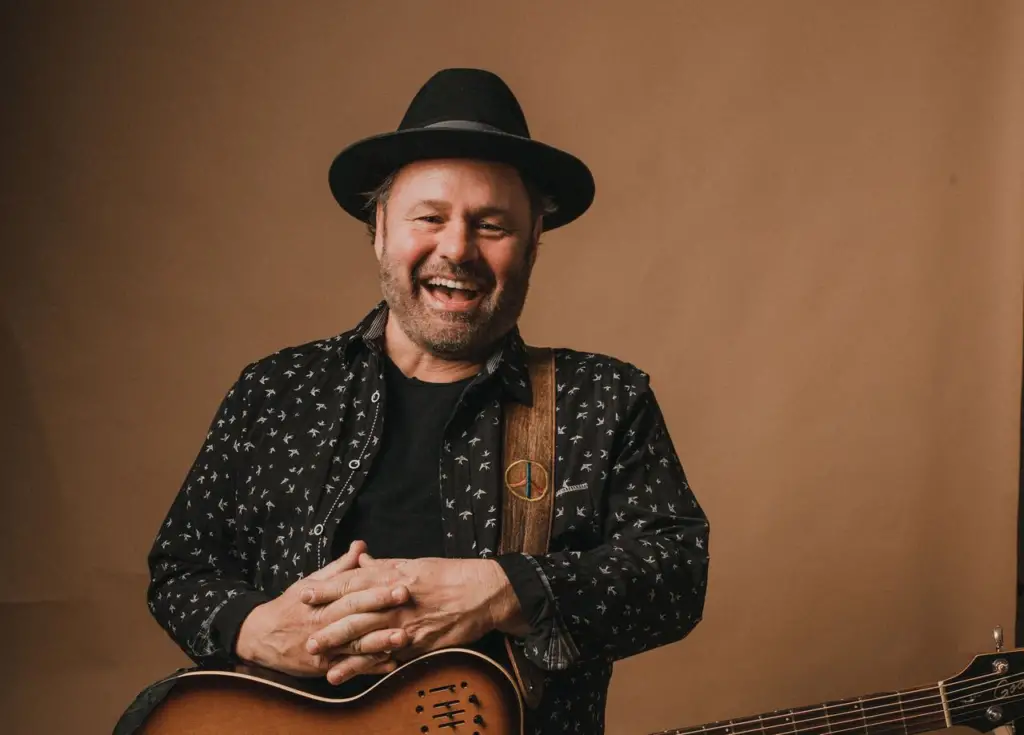
“Martin Sexton’s ability to hone in on defining moments is evident by his latest EP, 2020 Vision. It is a poetically emotive and elegantly evocative pandemic scrapbook. Martin Sexton is an American singer-songwriter and has released 9 studio albums blending soul, gospel, country, rock, blues, and R&B.”
8. Woody Guthrie
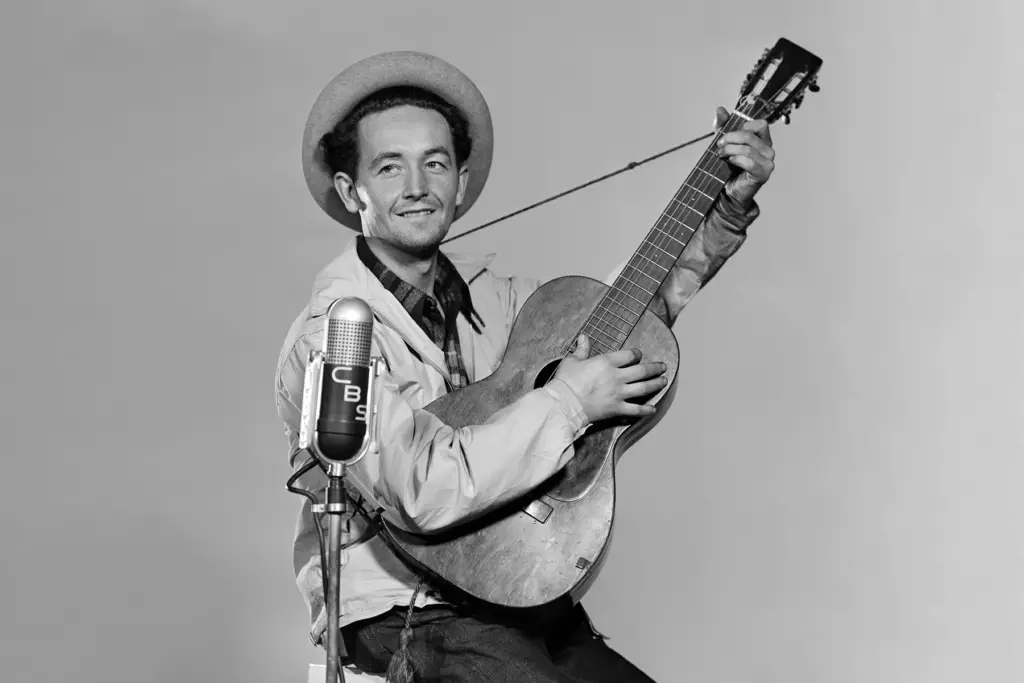
Woody Guthrie was the most important American folk music artist of the first half of the 20th century, in part because he turned out to be such a major influence on the popular music of the second half of the 20th century, a period when he himself was largely inactive.”
7. Gordon Lightfoot
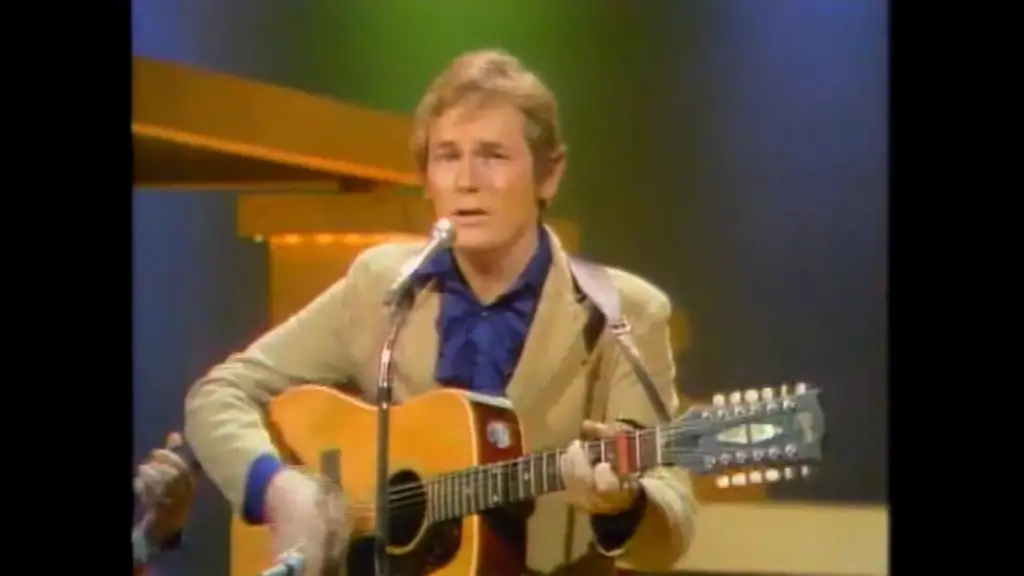
“One of the leading singer/songwriters of the 1960s and ’70s, Gordon Lightfoot is Canada’s most successful contemporary folk artist, establishing himself as an important songwriter in the mid-’60s and becoming a major international recording star in the following decade.”
6. Stephen Stills

“Famed for his work in Buffalo Springfield and Crosby, Stills & Nash, two of pop music’s most successful and enduring groups, Stephen Stills was born in Dallas, Texas, on January 3, 1945. He became fascinated by music at a young age, and by the age of 15 was playing professionally.”
5. Jerry Garcia

“Guitarist, singer, and songwriter Jerry Garcia was best known as a founding member of the Grateful Dead, the rock band for which he served as de facto leader for 30 years, from 1965 until his death in 1995. Concurrently for much of that time, he also led his own Jerry Garcia Band (JGB), and he performed and recorded in a variety of configurations and a variety of styles, particularly styles of folk and country music, sometimes switching to banjo or pedal steel guitar for the purpose”
4. John Fahey

“Though often categorized as a progressive folk artist, Fahey called on a variety of styles—including blues, Native American music, Indian ragas, experimental dissonance, pop, etc.—to demonstrate that the fingerpicking techniques of traditional country and blues guitar could be used to express an alternate universe of musical ideas.”
3. Bob Dylan

“Bob Dylan’s influence on popular music is incalculable. As a songwriter, he pioneered several different schools of pop songwriting, from confessional singer/songwriter to winding, hallucinatory, stream-of-consciousness narratives. As a vocalist, he broke down the notion that a singer must have a conventionally good voice in order to perform, thereby redefining the vocalist’s role in popular music. As a musician, he sparked several genres of pop music, including electrified folk-rock and country-rock.”
2. Roger McGuinn
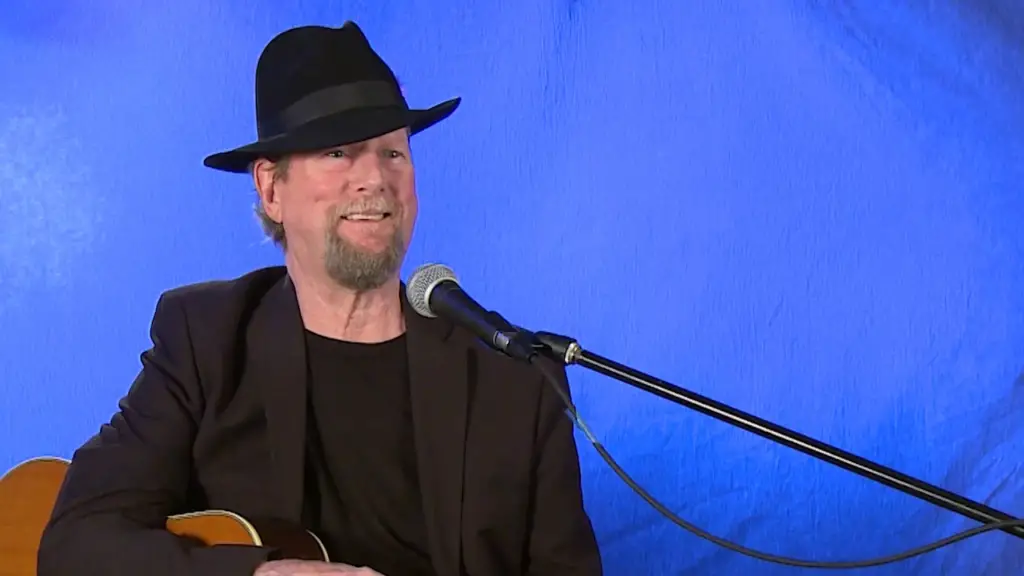
“As the frontman of the Byrds, Roger McGuinn and his trademark 12-string Rickenbacker guitar pioneered folk-rock and, by extension, country-rock, influencing everyone from contemporaries like the Beatles to acolytes like Tom Petty and R.E.M. in the process.”
1. Neil Young
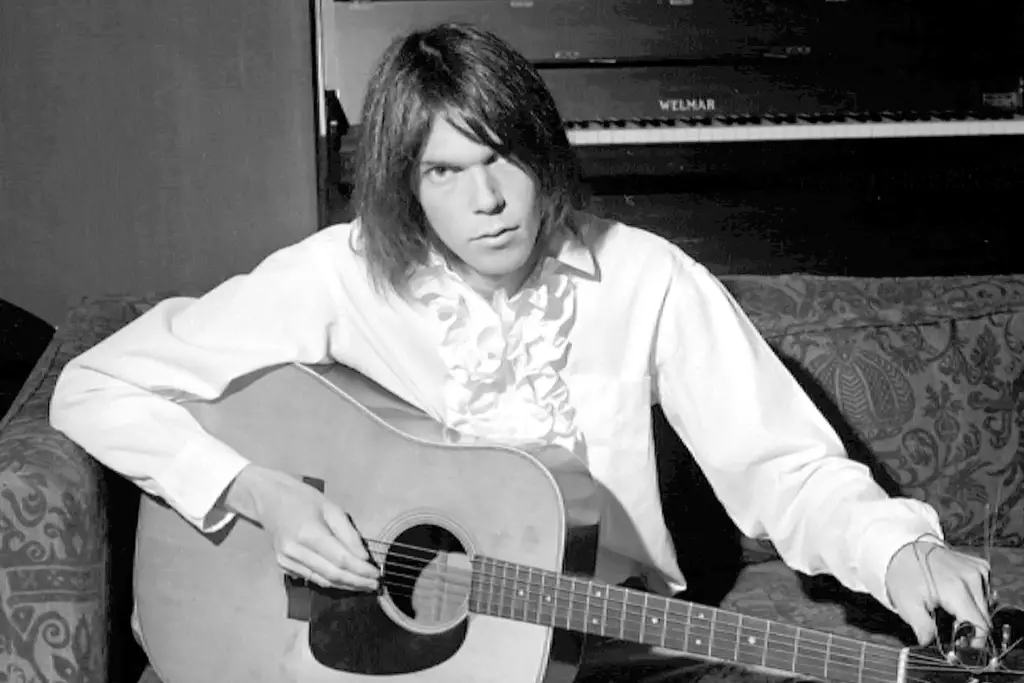
“Looking back at the blockbuster success of “Heart of Gold,” the mellow country-rock tune that became his first number one single and only Billboard Top 40 hit in 1971, Neil Young remarked that the song “put me in the middle of the road. Traveling there soon became a bore so I headed for the ditch.”

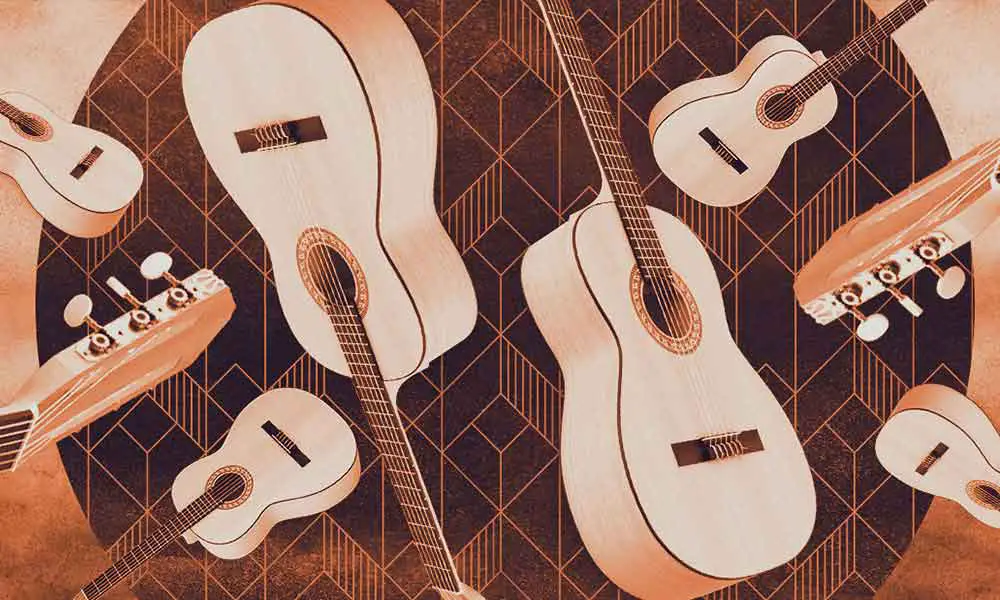
Magnificent site. Plenty of helpful information here. I am sending it to a few buddies ans additionally sharing in delicious. And naturally, thank you in your sweat!